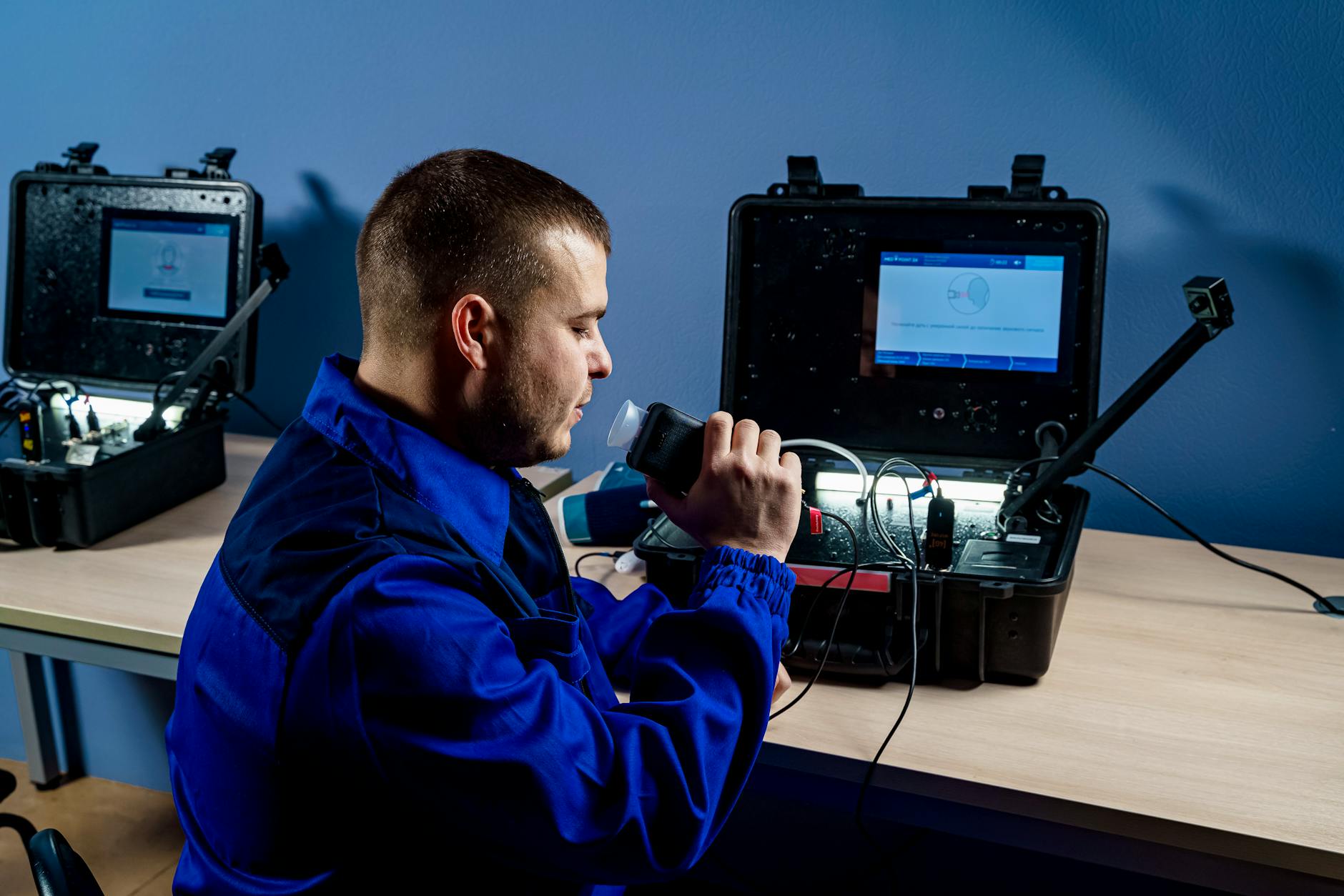
Personal Air Sampling: Monitoring and Analyzing Workplace Air Quality
Introduction
Maintaining a safe and healthy work environment involves proactive measures, including the monitoring of air quality. Personal air sampling is a valuable tool in assessing and analyzing the presence of contaminants in the workplace air. This article explores the significance of personal air sampling, its methodologies, and the role it plays in ensuring optimal workplace safety.
Understanding Personal Air Sampling
- Definition and Purpose
- Definition: Personal air sampling involves the collection of air samples directly from the breathing zone of workers.
- Purpose: It aims to assess the levels of airborne contaminants to ensure compliance with safety standards and protect workers’ health.
- Types of Contaminants Monitored
- Chemical Substances: Personal air sampling can monitor exposure to various chemical substances, including gases, vapors, and particulate matter.
- Biological Agents: Assessing the presence of biological agents such as mold spores and bacteria.
Methodologies of Personal Air Sampling
- Passive Sampling
- Open Sampling Devices: Devices left open to the air collect contaminants over a specific period.
- Subsequent Analysis: The samples are then analyzed in a laboratory to determine contaminant concentrations.
- Active Sampling
- Pump-Assisted Collection: Air is actively drawn through a sampling device using a pump.
- Real-Time Monitoring: Provides real-time data on contaminant levels and allows for immediate corrective actions.
- Grab Sampling
- Instant Collection: Involves quickly collecting a sample at a specific moment.
- Suitable for Certain Contaminants: Effective for contaminants with short exposure durations.
Significance of Personal Air Sampling in Workplace Safety
- Health Risk Assessment
- Individual Exposure Levels: Allows for the assessment of individual exposure levels to identify potential health risks.
- Prevention of Health Issues: Enables preventive measures to be implemented before health issues arise.
- Regulatory Compliance
- Occupational Exposure Limits (OELs): Personal air sampling ensures compliance with OELs set by regulatory bodies.
- Legal Requirements: Helps organizations meet legal requirements for maintaining a safe work environment.
- Hazard Identification
- Specific Contaminants: Identifies the specific contaminants present in the workplace.
- Source Identification: Assists in locating and mitigating the sources of contamination.
Best Practices in Personal Air Sampling
- Identification of Sampling Locations
- Breathing Zones: Samples should be collected from the breathing zones of workers for accurate exposure assessment.
- Representative Locations: Selection of sampling locations representative of overall workplace conditions.
- Frequency of Sampling
- Regular Monitoring: Implementing a regular schedule for personal air sampling to capture variations over time.
- Event-Driven Sampling: Conducting sampling during specific events, such as process changes or equipment malfunctions.
- Employee Involvement
- Communication: Informing employees about the purpose and benefits of personal air sampling.
- Feedback Mechanism: Establishing a feedback mechanism for employees to report concerns related to air quality.
Conclusion
Personal air sampling is a crucial component of workplace safety, providing valuable insights into the air quality and potential hazards faced by employees. By utilizing different sampling methodologies, organizations can assess exposure levels, ensure regulatory compliance, and take proactive measures to maintain a healthy work environment. Regular and informed personal air sampling contributes significantly to the overall well-being of workers and the effectiveness of occupational health and safety programs.
How to Validate Root Cause in Six Sigma
Root Cause Analysis Tools in Six Sigma
Process of Root Cause Analysis
Frequently Asked Questions (FAQs)
- What is personal air sampling, and why is it important in the workplace?
- Personal air sampling involves collecting air samples from the breathing zones of workers to assess exposure to contaminants. It is essential for evaluating individual exposure levels, ensuring regulatory compliance, and identifying potential health risks.
- What are the types of contaminants monitored through personal air sampling?
- Personal air sampling can monitor a range of contaminants, including chemical substances like gases and particulate matter, as well as biological agents such as mold spores and bacteria.
- What are the best practices in personal air sampling?
- Best practices include identifying representative sampling locations, implementing regular monitoring schedules, conducting event-driven sampling, and involving employees through communication and feedback mechanisms.
























